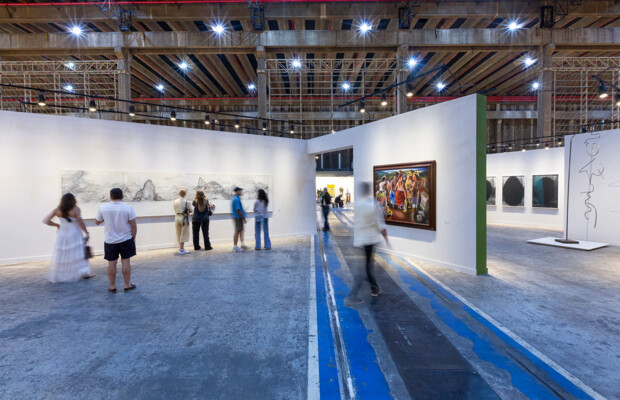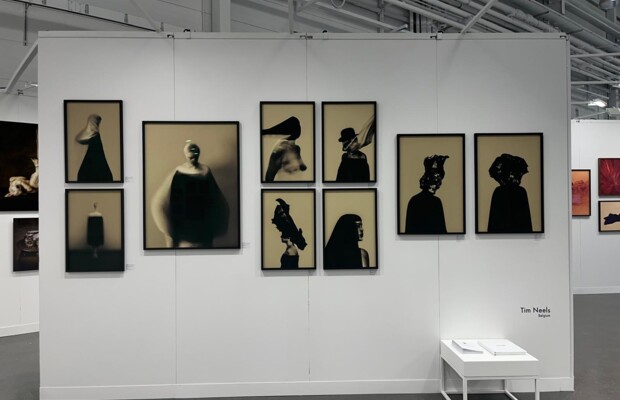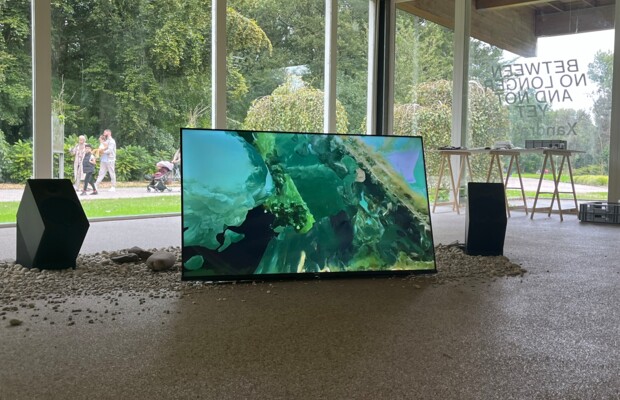The Laboratory of the Future and the future of architectural discourse
Venice Biennale 2023 closing overview
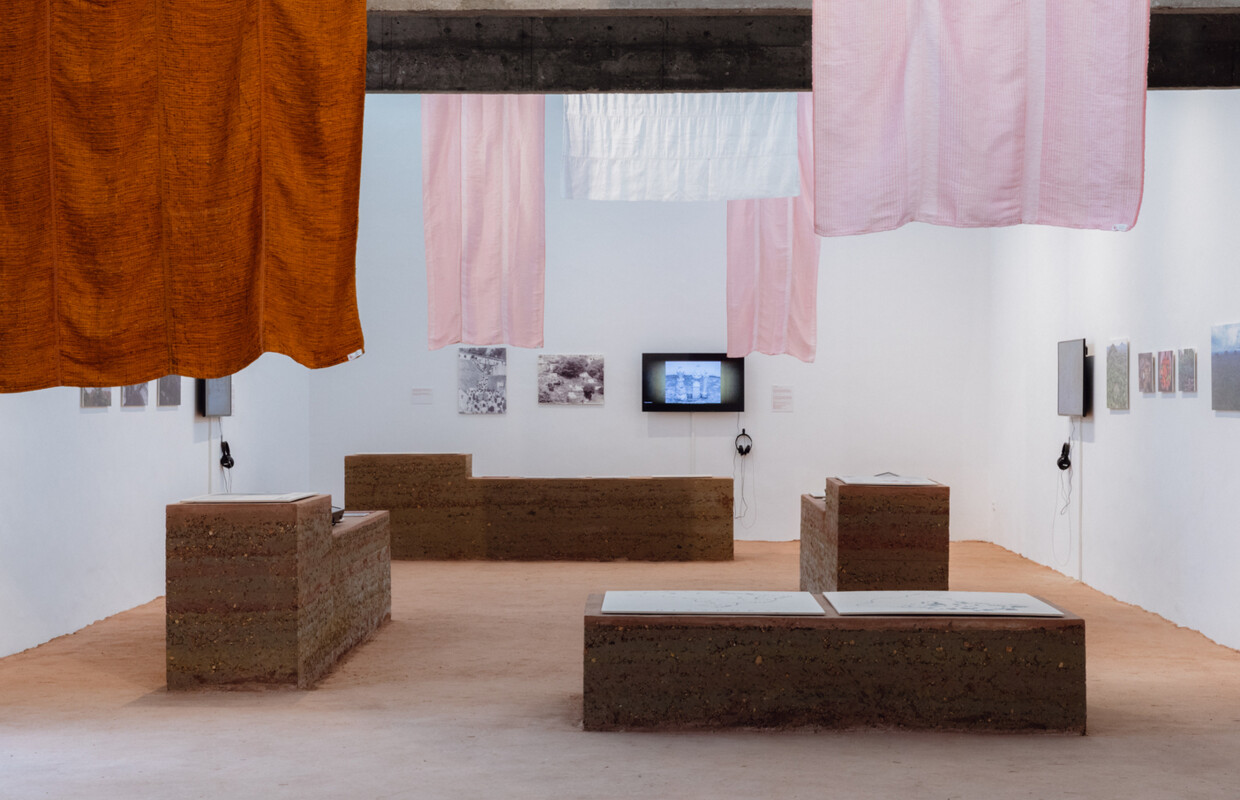
Leslie Rokko transforms the art space into an experimental ground for new trajectories while reclaiming the matter of intersectionality between architecture and race.
The 18th edition of the Architecture Biennale, curated by Leslie Lokko and themed “The Laboratory of the Future”, is coming to a close and reclaims a broader perspective on architecture as an expanded field of action open to contaminations, borrowing the format of the art exhibition to retell the story of the discipline and build a counternarrative that poses fundamental questions on the state of the discipline itself.
The focus is on voices from Africa and the African diaspora as an intentional gesture of re-inhabiting the canon from the situated curatorial perspective of being a woman of Ghanese descent. In Lokko’s approach to the theme, the aim is to give space - both metaphorically and effectively speaking - to the historically marginalized stories and, in doing so, address contemporary questions of production, extraction of resources and representation, central to the current architectural discourse yet rarely acknowledged in the context of an exhibition.
As the curator states in the introduction to the exhibition, being an “agent of change” within the context of “The Laboratory of the Future” signifies a profound commitment to catalyzing transformation, both within the field of the discipline and on a broader societal scale.
Far from being a merely rhetorical flourish, the principle has worked as a focal point that has shaped the exhibition’s conception and execution process, which is reflected on the statistics, demographics, and thematic orientations that signal a significant departure from the status quo and a shift in the discourse towards a broadened definition of what architecture is.
The participants are intentionally reframed as “practitioners”, emphasizing a yet again expanded definition of architecture as a practice rather than a profession, whilst the focus is being given to young practitioners – with an average age of 43 - within the context of sole or individual practices with five members or fewer. From these premises, Lokko’s laboratory of the future presents itself as an unconventional landscape in which creative processes are decentralized and a new hybridized conception of the term ‘architect’ is acknowledged.
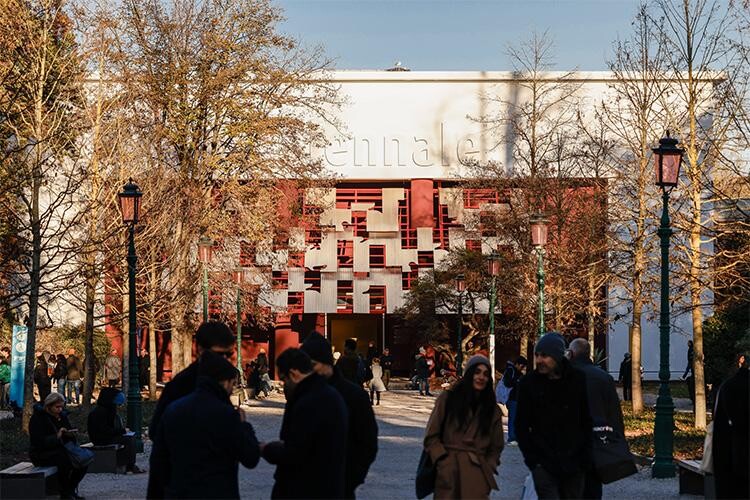
Acting as a declaration of the situated curatorial perspective, at the entrance of the main space of the Corderie is a video-art piece by London-based artist Rhael ‘Lionheart’ Cape. Featuring as one of the three selected “Special Participations”, Those with Walls for Windows is a poetic meditation that investigates the space of diaspora and the act of reimagination as a metaphorical architectural device, proclaiming that “if architecture doesn’t serve feelings it serves a psychosis” and setting the tone for an exploration of alternative approaches to architectural practice from diasporic voices.
While being criticized by influential institutional figures for the evident lack of display of conventional architectural projects, the answer to that precise curatorial choice lies in the very premises of Lokko’s vision. The aim is to exhibit the hidden potential in vernacular forms of practice, as shown in the film by Gbolade Design Studio which highlights the cultural significance of dominoes among the Windrush generation in South London, emphasizing the joy and connection that can be fostered with minimal infrastructure and resources. The focus on the activity of playing directly challenges the traditional notions of architectural expressions while underscoring the relevance of the themes of community and cultural practices within the architectural discourse.
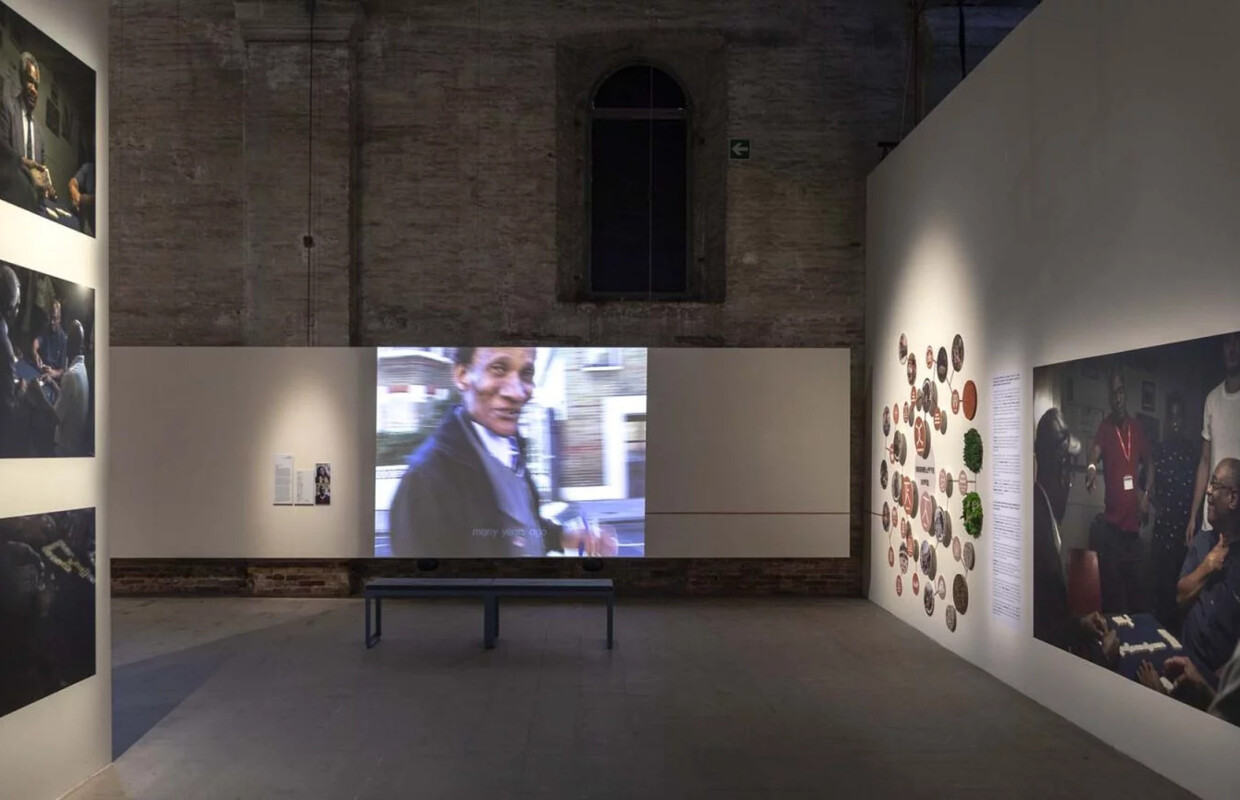
By engaging with themes of deconstruction, decolonization, and identity, the exhibition becomes a microcosm of the broader narrative unfolding at the Biennale—a narrative that challenges conventional perspectives, embraces diverse voices, and envisions a more inclusive and sustainable future.
In doing so, the Brazilian Pavilion exemplifies the transformative potential of architecture to shape not only physical spaces but also cultural narratives and collective consciousness.
“The Laboratory of the Future” is more than just an exhibition; it is a manifesto for a transformative era in architectural production, inviting us to imagine and build a future that transcends boundaries and embraces the rich tapestry of global creativity. It opens up a new space for a conversation about the responsibility of architecture in addressing socio-political and economic challenges, showing the path for the future of architectural discourse. Times are changing, the center cannot hold.
Share the post:


